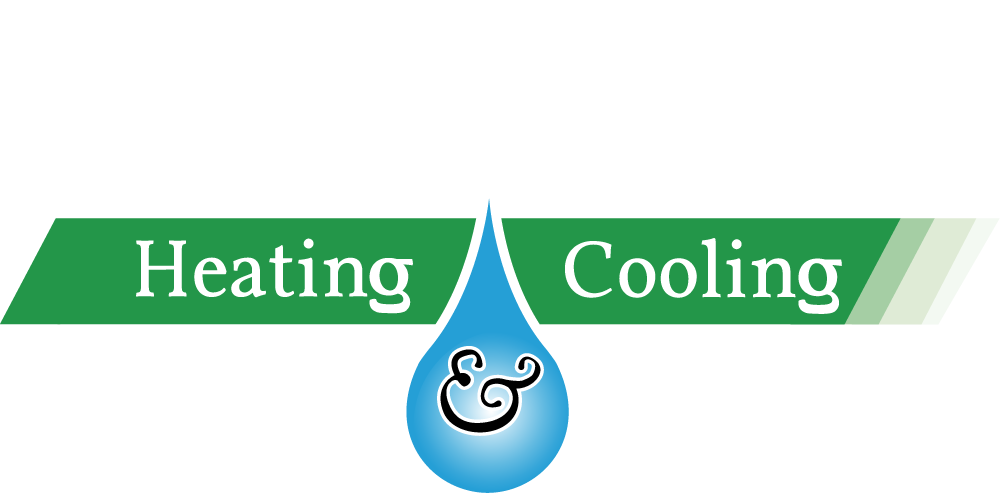
Summer is almost here and with the increase in temperature that the seasonal change brings with it comes an increase in the demand on your home or business’ air conditioning system. One of the worst things that you can experience (as far as HVAC is concerned, at least) is coming home on a hot day to find that your AC just will not turn on no matter how hard you try. Here are some of the more common reasons your HVAC system may not turn on (and how to fix them before calling in the professionals from Albuquerque Plumbing, Heating, & Cooling).
Step 1 – Check Your Thermostat
The very first step in any kind of air conditioning and HVAC troubleshooting is to check the thermostat. The thermostat is the control terminal for the system, and if there is a problem there then it is likely to cause significant issues down the chain.
If your thermostat is blank or has any kind of glitching in the display, then there is probably a malfunction that can cause your AC to refuse to start. Another issue can be a broken signal being sent from the thermostat itself. To check this, remove the entire thermostat from the wall and use a voltmeter to check the current in each of the color coded wires. Here is an example of a common wire configuration for a thermostat:
- Red – power to the thermostat
- Yellow – cooling signal
- Green – fan signal
- White – heat signal
- Black or Blue – common wire
If your thermostat appears to be working and sending a signal to your HVAC unit, then move on to Step 2.
Step 2 – Check Your Circuit Breaker
After you have checked over your thermostat and determined that it is not causing your air conditioning system to stay off, then it is time to check the circuit breaker. While these are often overlooked, many times the only problem with an air conditioning system is a tripped breaker. Check all your breaker boxes in your home or business for tripped breakers. Or, if you happen to know which breaker is assigned to your HVAC system, then simply check to see if it has been tripped/flipped or not. If so, just flip it back to the on position and try again. If you can determine that the circuit breaker isn’t why your AC won’t turn on, then move on down to Step 3.
Step 3 – Check Your Air Filters
Every air conditioning system has at least one air filter that is almost always located at the return vent closest to the air conditioning system. A clogged or damaged air filter can keep your air conditioning system from turning on.
If your air conditioning system does not get enough airflow from the return vents, it will force the system to overwork itself. It can even cause ice to buildup on the coils of the system as the coil continues to get colder and colder without having warm air passing over it.
These kinds of problems usually will result with your AC turning on but refusing to supply cooled air to your home or business. The only way to be sure that the filter isn’t what is causing the malfunction is to replace it (which you should be doing every 3 to 5 months anyway). If changing out the air filter doesn’t solve your air conditioning issues, then proceed to Step 4.
Step 4 – Check the On/Off Switch for the System
Just like lights, there is often an on/off switch wired to air conditioning systems to make cutting power to the unit for maintenance or repairs safe and easy. If the switch is flipped to “off”, then simply move it to “on” and try to turn the system on with the thermostat again. If the system still won’t turn on, then move on to Step 5 of the process.
Step 5 – Check the Drain Pan
The air handler section of every single air conditioning split system (and these even exist on package units) will have a condensate drain pan. These pans collect condensation that builds up on HVAC units during operation and then use a pump to dispose of the condensate into the building’s wastewater evacuation system (sewer). These pans also have a depth switch in them to immediately cut power to the system in the event of a clogged drain or overflowing pan.
To check the drain pan of your system, take yourself up to the air handler portion of the system (or just to the entire system if you have a package unit). There will be a drain pan (usually plastic or sheet metal) located below the unit itself. If that pan is full of water or is overflowing, then try to find the source of the clog. There will be a drain trap (usually a “U” shaped piece of pipe at one end of the pan) that can easily become clogged with debris. Clear any obstructions, let the pan drain, and then flip the switch that triggered because of the depth of the water in the pan. Then just turn the system back on and see what happens.
Still Having Problems? Call Our Team of HVAC Professionals
If your air conditioning system still won’t turn on after trying all the steps listed here, then it is time to call in the professionals. Our team of HVAC experts is always standing by to help you get the air flowing again. Give us a call at NUMBER if you can’t find the source of the problem or if these steps are too technical for you to perform comfortably.
